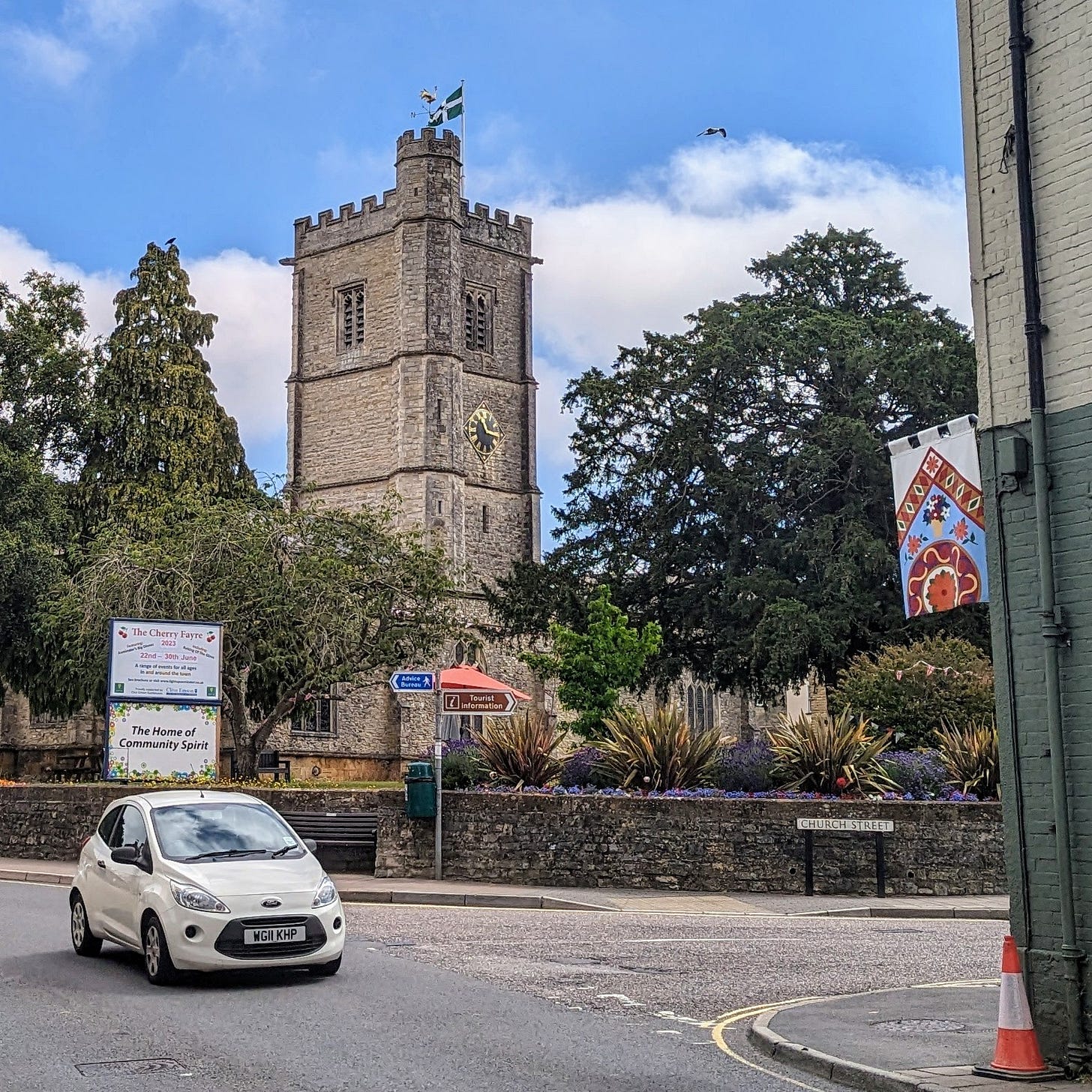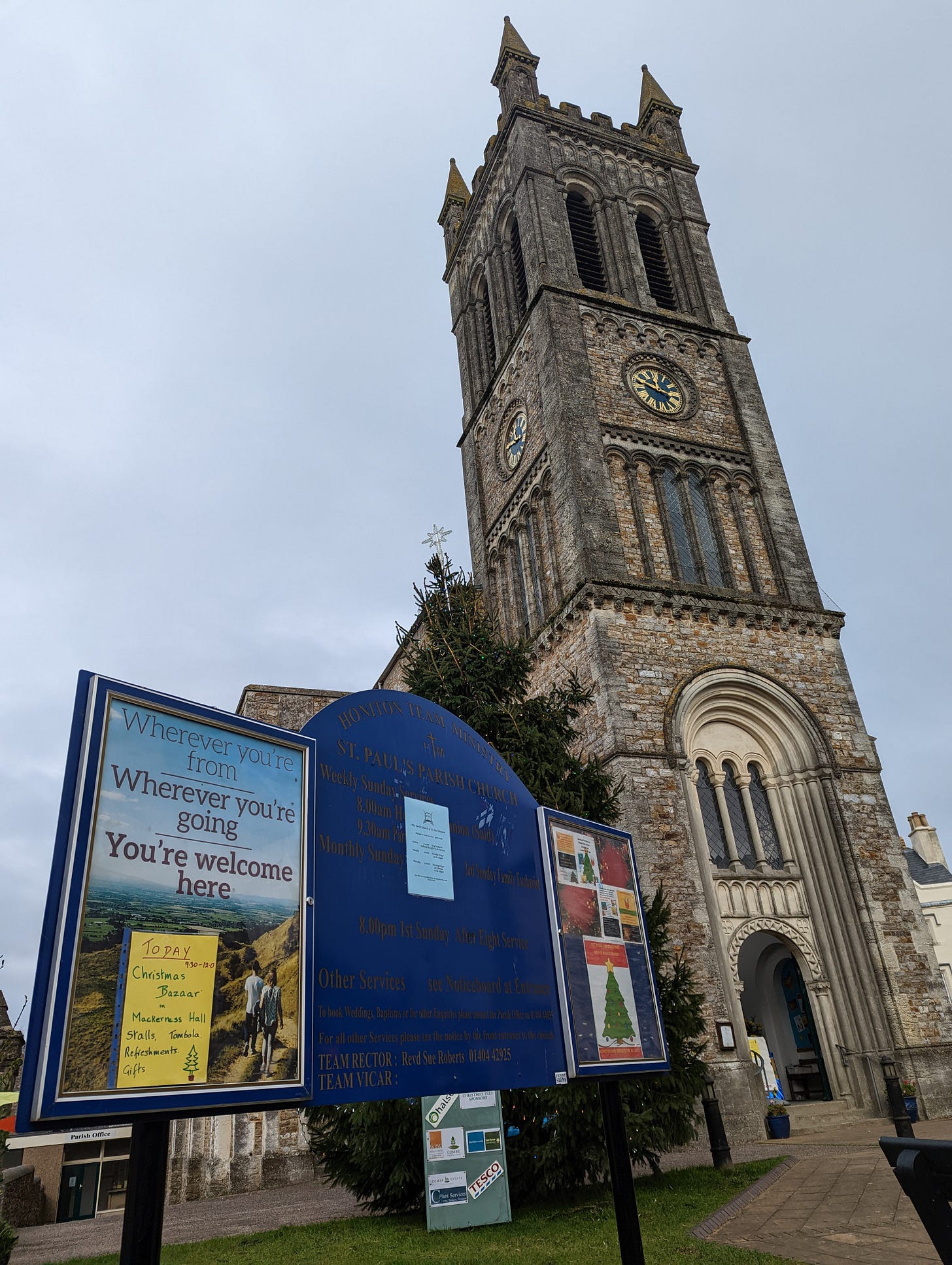MPs call for permanent lifeline to protect historic churches
Report by Duncan Williams for Pulman's Weekly News
The future of some of the UK’s most cherished historic churches and cathedrals has been brought into sharper focus following a cross-party call to secure and strengthen the Listed Places of Worship Grant Scheme (LPWGS).
After more than two decades of helping places of worship reclaim VAT costs on essential repairs, there is renewed pressure on the government not just to extend the scheme - but to make it permanent.
Introduced in 2001, the scheme was designed to recognise the unique role churches play in both heritage and community life. It allows listed places of worship from all faith traditions to apply for grants that cover the VAT incurred on repairs costing over £1,000.
However, recent changes to the scheme have raised concern across the sector. While a one-year extension was confirmed in January, it came with a significant reduction in available funding and introduced a £25,000 cap on claims - putting vital restoration and maintenance work at risk.
Now, the Culture, Media and Sport Select Committee, chaired by Dame Caroline Dinenage MP, has intervened. Writing to the Heritage Minister, Baroness Twycross, Dame Caroline stressed that the scheme had been introduced “in recognition of the social work of churches and their important contribution to our country’s heritage”.
She went on to emphasise: “These features still stand: 45 per cent of the UK’s Grade I buildings are owned by the Church of England and churches remain communal spaces for social and charitable activities.”
Describing the current short-term approach to funding as unworkable, she added: “Funding that is only ever guaranteed for a few years at a time is not fit for a sector reliant on projects that take five years to prepare and fundraise for.”
Her letter warned that without a longer-term commitment from government, “many repair and refurbishment projects are at risk of never getting off the ground”.
Calling for both permanence and the removal of the current claims cap, she said: “The Government needs to commit to the scheme by making it a permanent source of support and by lifting the cap, so historic places of worship can concentrate on the important work they do in our communities.”
The Church of England, which owns the majority of Grade I listed buildings in the country, has welcomed the Committee’s strong intervention.
Rev Paula Griffiths, a former Director for Cathedral and Church Buildings, gave evidence during the inquiry into protecting built heritage and was quick to praise the committee’s action.
“We are delighted and grateful that the Culture Media and Sport Select Committee has acted so swiftly to support the Listed Places of Worship Grant scheme and recognise its huge importance in the crucial maintenance of historic cathedral and church buildings,” she said.
For those responsible for the care of these buildings, the stakes are high. Rev Griffiths continued: “The scheme has been a lifeline for places of worship and the hard-working volunteers and clergy who care for historic church buildings urgently need the confidence of ongoing, reliable sources of funding.
"The current uncertainty around the LPWGS is putting church communities under real pressure, requiring additional fundraising to pay tax or scaling back schemes for essential repairs. We know that it saves money in the long run to keep up maintenance and continuing VAT relief will help enable those works.”
To date, the government reports that nearly £350 million has been awarded under the scheme - a figure that reflects the scale and necessity of preservation work taking place across the UK. From replacing collapsed roofs to conserving crumbling stonework, the grant has allowed hundreds of faith communities to keep their buildings open, safe, and welcoming for worshippers and wider community use.
The Church is clear that what’s at stake goes far beyond bricks and mortar. These buildings represent centuries of Christian witness and continue to be vital centres for social outreach, music, prayer, local history, and daily life. The potential loss of support for their upkeep would be felt not only by those within the Church, but by communities of every kind.
As the government considers its next steps, faith leaders and campaigners alike are urging that the LPWGS be seen not as a luxury, but as a practical and necessary tool for protecting shared heritage and enabling future mission. Without sustained and reliable support, they warn, many sacred spaces risk falling into irreversible decline.
For now, listed places of worship of all denominations are still eligible to apply for support under the scheme until the end of March 2026. But the pressure is mounting for a more permanent, properly funded solution.
As one long-time churchwarden in a rural parish quietly observed, “Our church has stood here for 800 years. We’re just trying to make sure it’s still standing for the next generation. We don’t need much - just a bit of help to keep going.”
The hope, expressed clearly by MPs and clergy alike, is that government support will match the value these spaces still bring to the national life.
( Photos: DW Regional Press Photos 📸 )



